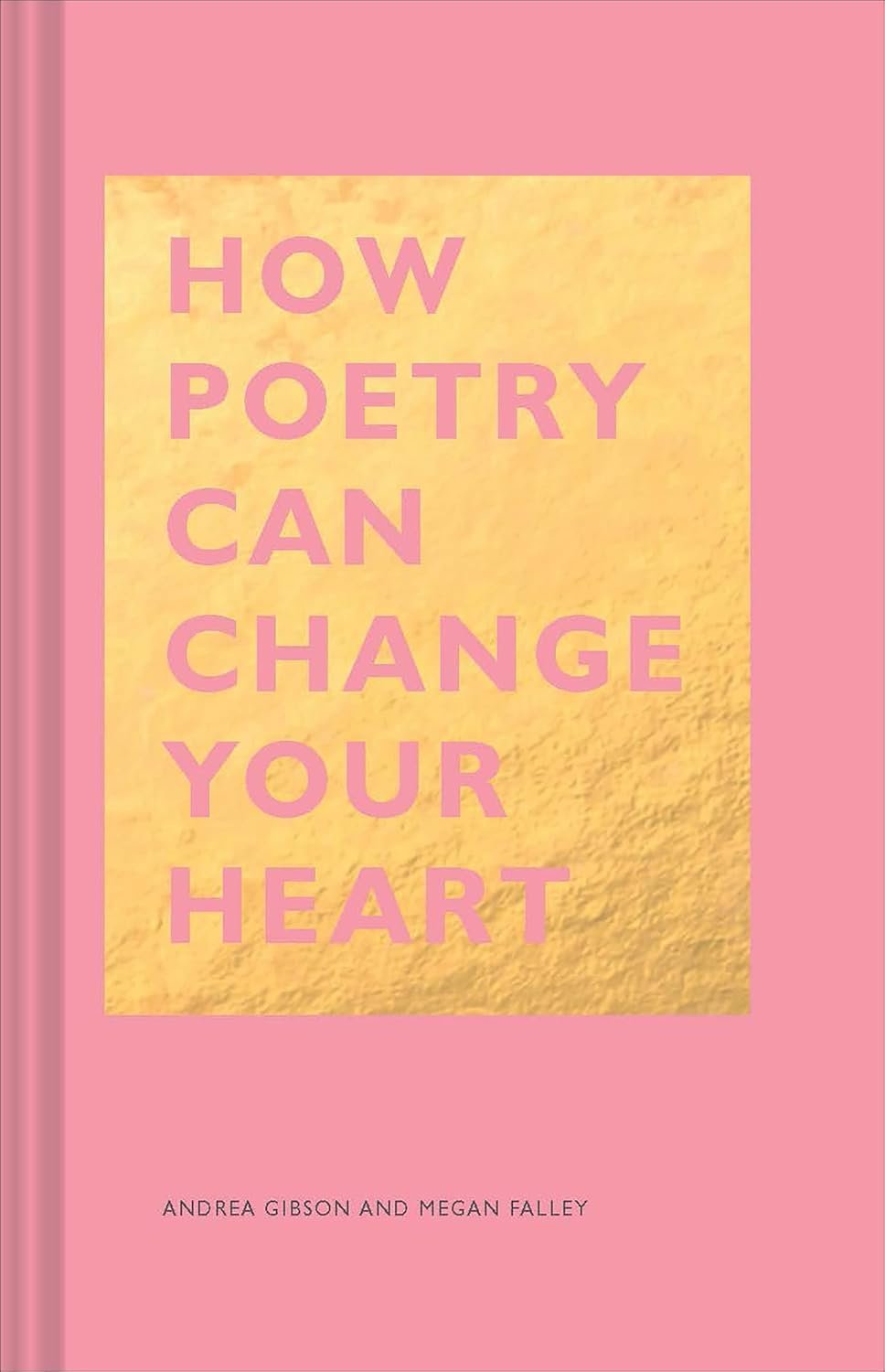
01 Aug Transformative Verses: Exploring the Heartfelt Impact of Poetry in ‘How Poetry Can Change Your Heart’
Review of How Poetry Can Change Your Heart by Andrea Gibson and Megan Falley
When I first picked up How Poetry Can Change Your Heart, I did so with a mix of excitement and hesitation. As a long-time lover of poetry, I often find myself in need of a spark—a nudge toward rediscovering the magic of verse. The names Andrea Gibson and Megan Falley on the cover felt like a personal invitation. These acclaimed spoken-word artists have a knack for weaving emotion with accessibility, and their promise of revealing poetry’s transformative power seemed too enticing to resist.
Right from the start, this book radiates warmth and openness. Gibson and Falley dismantle the intimidating barriers often associated with poetry, making it clear that this art form is not reserved for the elite—it’s alive and vibrant, pulsating just beneath the surface of our everyday lives. Each page unveils the idea that poetry exists in unexpected places, waiting to be discovered by anyone willing to look a little closer. I could almost hear Falley’s voice urging me to notice the beauty in mundane moments, reminding me that each experience can be a line in an unwritten poem.
The authors’ straightforward yet poetic writing style creates an inviting atmosphere, making it easy to turn the pages and absorb their insights. I found myself pausing often to reflect on their encouragement to write from a place of presence. One particular quote resonated with me: “Each poem is its own journey. The incredible paradox is this: the further we go, the closer we get to ourselves.” This succinct wisdom reminded me that writing can be a journey of self-discovery, not just a creative outlet.
While the content is rich and inspiring, the book does have its quirks. A few readers have commented on the design—lovely as it is, the color choices sometimes sacrifice readability for aesthetics. If you’re like me and thrive on contrast, this might be something to consider. But don’t let that deter you; the depth of the message more than compensates for the occasional visual hurdle.
Throughout the book, Gibson and Falley remind readers that poetry can act as a healing balm. It holds space for our emotions, offering solace and connection in times of loneliness. They advocate for carrying a notebook, urging us to jot down moments that touch us, thus cultivating the habit of noticing the world around us—not just as passive observers, but as active participants.
I wholeheartedly recommend How Poetry Can Change Your Heart to both seasoned poetry lovers and absolute novices. If you’ve ever felt overwhelmed by the complexities of poetry, this guide is a beacon of light, illuminating the path toward understanding, appreciation, and—most importantly—creation. It invites you to reclaim your voice, igniting a passion for writing and reading that feels fresh and invigorating.
In many ways, this book felt like a conversation with dear friends who gently nudge you toward self-reflection and creativity. It left me eager to dive back into the world of poetry, inspired to write my own verses once more, and most importantly, reminded that poetry isn’t just about what’s written—it’s about connecting with the very essence of being human.









